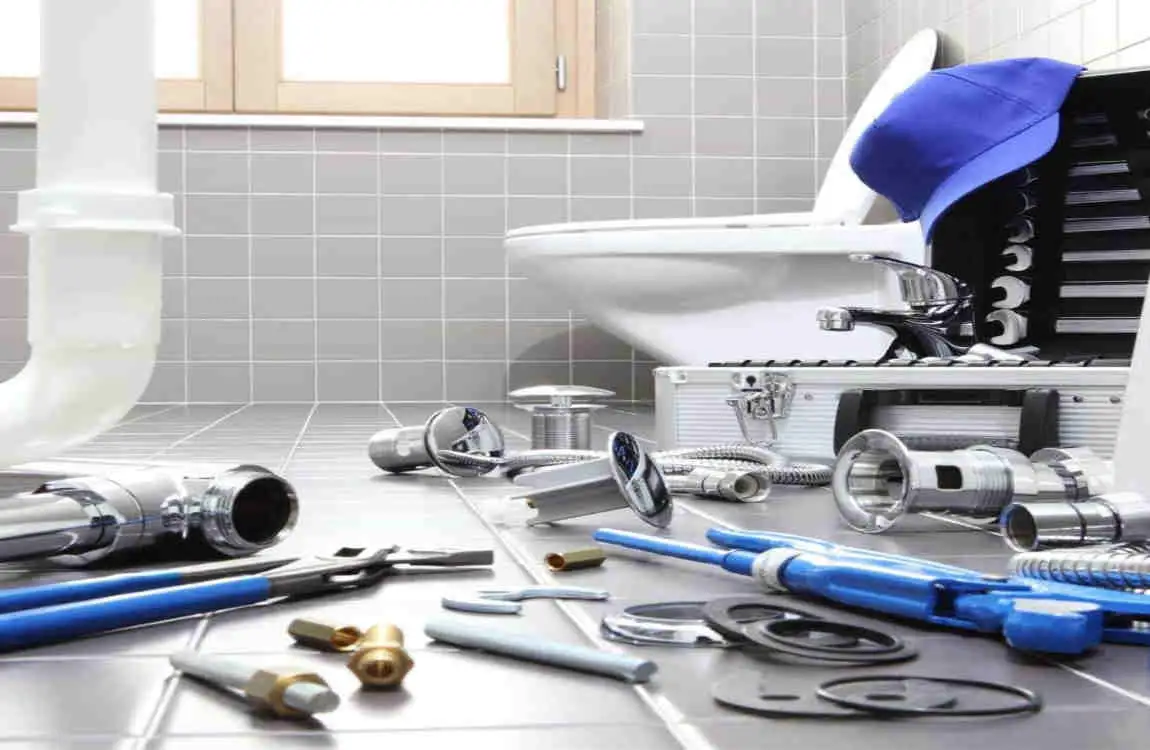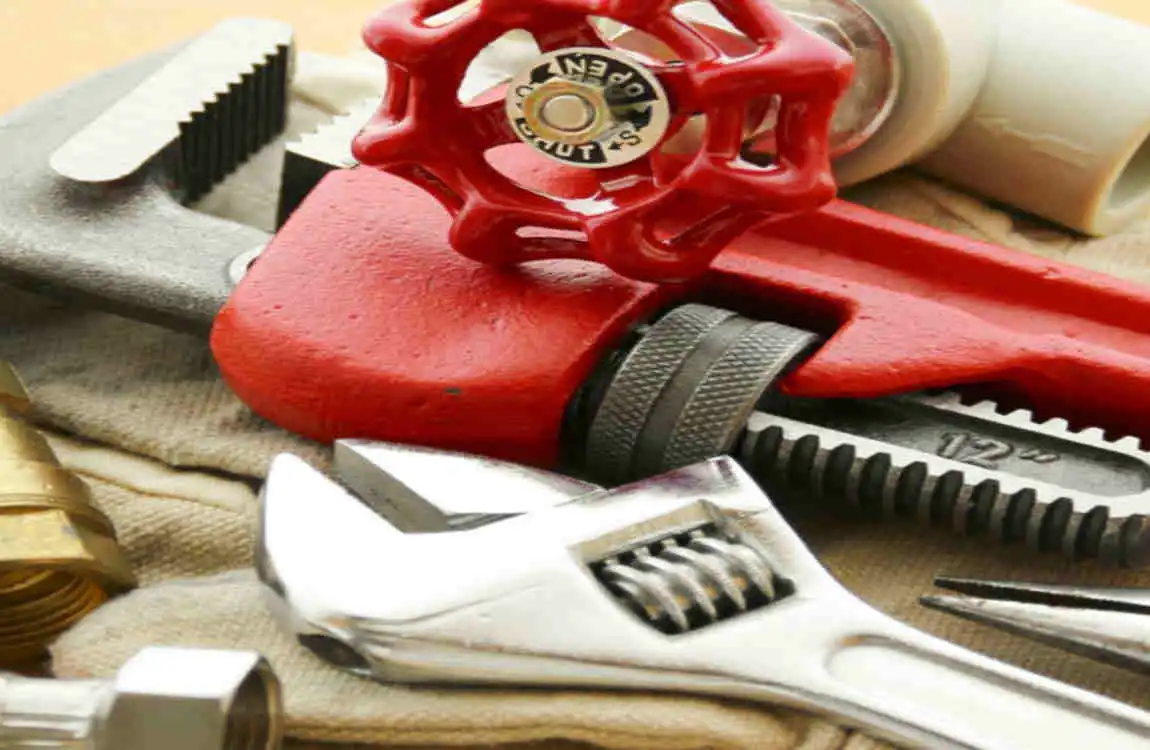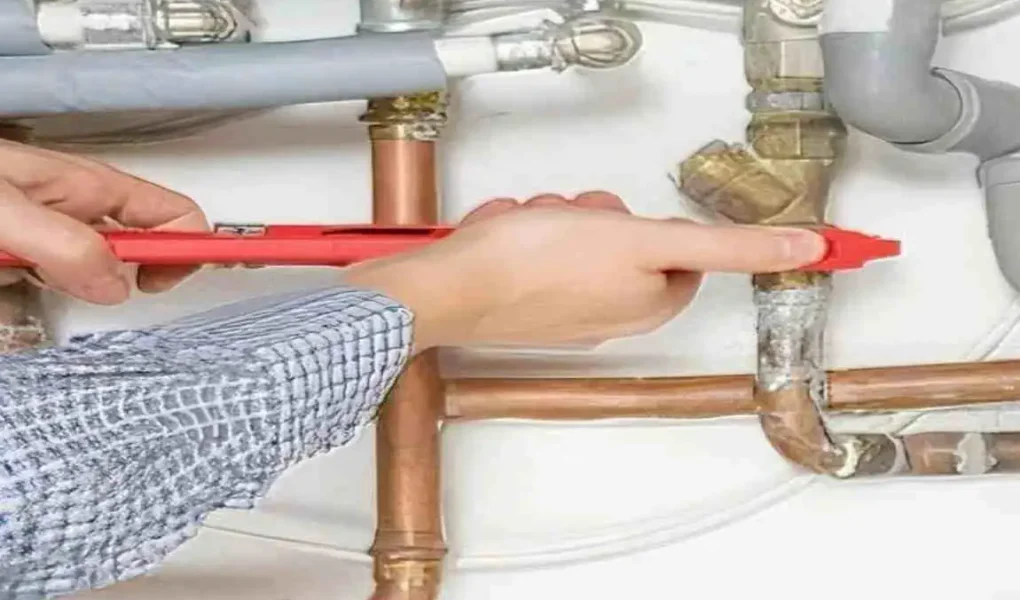Keeping your plumbing pipes clean is essential for a healthy and efficient home. When pipes become clogged or dirty, it can lead to frustrating problems, such as slow drainage, unpleasant odors, or even leaks. These issues not only disrupt your daily routine but can also cause costly damage if ignored.
The good news? You don’t always need to call a plumber. Learning how to clean plumbing pipes at home is a cost-effective and straightforward way to maintain your plumbing system. With some basic tools and a little know-how, you can tackle most common pipe problems yourself.
Understanding Plumbing Pipes and Common Problems

Types of Plumbing Pipes in Homes
Most homes use a few common types of pipes. Knowing what your pipes are made of helps you choose the correct cleaning method.
You may also read (dakota fannings stylish la home the 2025 wallpaper and interior trends to watch).
- PVC (Polyvinyl Chloride): These white or gray plastic pipes are standard in drains. They’re lightweight, affordable, and resistant to corrosion.
- Copper: Known for durability and heat resistance, copper pipes are often used for water supply lines. They last long but can corrode under certain conditions.
- Galvanized Steel: Older homes may have galvanized pipes. These are steel pipes coated with zinc to prevent rust, but over time, they can corrode and clog.
How Pipes Get Dirty or Clogged
Pipes don’t stay clean on their own. Over time, several things build up inside:
- Mineral buildup: Hard water leaves deposits like calcium and lime.
- Grease: Kitchen oils solidify and stick inside pipes.
- Hair and soap scum: Bathroom drains trap hair and soap residue.
- Debris: Bits of food, dirt, or foreign objects can block the flow.
Signs You Need to Clean Your Pipes
It’s essential to catch problems early. Watch for these warning signs:
- Slow drainage: Water takes longer to go down the drain.
- Gurgling sounds: Strange noises from drains or toilets.
- Bad smells: Foul odors coming from drains suggest buildup or bacteria.
- Water backups: Water pooling around sinks or tubs.
Risks of Neglecting Pipe Maintenance
Ignoring your pipes can lead to serious issues:
- Pipe corrosion: Buildup causes metal pipes to rust and weaken.
- Leaks: Blockages increase pressure, which may cause cracks.
- Costly repairs: Damaged pipes require expensive fixes or replacements.
Regular cleaning helps avoid these issues and extends the life of your plumbing.
Tools and Materials Needed to Clean Plumbing Pipes at Home

Before diving into cleaning, let’s gather what you’ll need. Most of these items are commonly found around the house or easily accessible.
| Tool/Material | Purpose | Notes |
|---|---|---|
| Plunger | Unclogs minor blockages | Best for sinks and toilets |
| Drain snake (auger) | Breaks up and pulls out tough clogs | Manual or electric versions |
| Baking soda & vinegar | Natural cleaner that dissolves buildup | Safe for regular maintenance |
| Hot water | Flushes loosened debris | Helps break down grease |
| Pipe brush | Scrubs grime inside accessible pipes | Useful for traps and pipe ends |
| Wet/dry vacuum | Removes sludge and debris | Optional but effective |
| Gloves and protective gear | Safety when handling tools or chemicals | Prevents injury and irritation |
Why Each Tool Matters
- A plunger creates suction to dislodge blockages.
- The drain snake physically removes clogs deep inside pipes.
- Baking soda and vinegar react to dissolve grime without harsh chemicals.
- Hot water softens grease and flushes debris.
- Pipe brushes clean areas that a plunger or snake can’t reach.
- A wet/dry vacuum can suck out stubborn sludge.
- Gloves and eye protection keep you safe during messy work.
Safety Tips
- Always wear gloves to protect your skin.
- Use eye protection if splashing is possible.
- Avoid mixing harsh chemicals to prevent toxic fumes.
- Follow the manufacturer’s instructions for tools.
Step-by-Step Guide: How to Clean Plumbing Pipes at Home
Preparation Before Cleaning
Start by making space around your sinks or drains. Remove any clutter that could get in your way. Put on your gloves and eyewear for safety.
Next, run hot water down the drain for a minute or two. This helps soften any grease or buildup, making cleaning easier.
You may also read (what are the most popular diy home projects in 2025).
Cleaning with Baking Soda and Vinegar (Natural Method)
This method is gentle yet effective for regular maintenance.
- Pour about half a cup of baking soda down the drain.
- Follow with half a cup of white vinegar.
- You’ll see fizzing as the two react—this helps break down the buildup.
- Let it sit for 15-30 minutes.
- Flush the drain with boiling water to wash everything away.
Why it works: The fizzing reaction loosens grime, while baking soda deodorizes and vinegar disinfects. It’s safe for all pipe types and eco-friendly.
Using a Plunger for Minor Clogs
For slow or partially clogged drains, a plunger can work wonders.
- Place the plunger cup over the drain, ensuring a tight seal.
- Push down and pull up rapidly to create suction.
- Repeat several times.
- Remove the plunger and see if water drains freely.
- Avoid overdoing it; if it doesn’t clear quickly, try another method.
Tips: Use a sink stopper or a wet cloth to cover overflow holes and maintain suction. For toilets, use a flange plunger designed for the job.
Clearing Clogs with a Drain Snake (Auger)
When plungers fail, a drain snake is your next tool.
- Insert the snake’s tip into the drain slowly.
- When you feel resistance, rotate the handle clockwise to break up the clog.
- Push further to catch debris.
- Slowly pull the snake out, bringing the clog with it.
- Flush with hot water afterward.
Precautions: Don’t force the snake if stuck to avoid pipe damage. Use gentle pressure and stop if you feel excessive resistance.
Using a Pipe Brush for Thorough Cleaning
For pipes with accessible ends or traps, a pipe brush can scrub away stubborn grime.
- Detach the trap under sinks if possible.
- Insert the brush into the pipe and scrub the walls thoroughly.
- Focus on areas with visible buildup.
- Rinse the brush and pipes with hot water.
This method helps clean parts that chemical cleaners can’t reach and keeps pipes fresh.
Wet/Dry Vacuum Method for Pipe Debris Removal (Optional)
A wet/dry vacuum can suck out sludge and debris from slow drains.
- Set the vacuum to “liquid” Mode.
- Create a seal at the drain opening using a wet cloth around the vacuum hose.
- Please turn on the vacuum and let it pull out debris.
- Carefully remove the hose and clean up any spills.
This method is beneficial when clogs are caused by thick sludge that won’t flush away.
Preventive Tips: Keeping Plumbing Pipes Clean Regularly
Maintaining clean pipes is easier than fixing clogged ones. Here are some preventive habits to keep your plumbing healthy:
- Avoid pouring grease down drains: Let oils cool and dispose of them in the trash.
- Use hair strainers: These catch hair before it enters bathroom drains.
- Flush pipes with hot water weekly: Hot water dissolves grease buildup.
- Monthly baking soda and vinegar treatment: Keeps pipes fresh and clear.
- Regular professional inspections: A yearly checkup can spot hidden issues early.
By following these simple tips, you reduce the chances of blockages and prolong pipe life.
When to Call a Professional Plumber
Sometimes, DIY methods aren’t enough. Know when to seek expert help:
- Persistent clogs: If blockages return quickly or don’t clear.
- Visible leaks or corrosion: Signs of pipe damage require repair.
- Sewage backup or foul odors: Indicate serious plumbing issues.
- Complex plumbing systems: Older or complicated pipes may need professional tools.
Professional plumbers utilize specialized equipment, including motorized augers and cameras, to diagnose and repair problems safely. While calling a plumber may cost more, it prevents further damage and costly repairs down the road.
Conclusion
Learning how to clean plumbing pipes at home empowers you to tackle common plumbing problems easily and affordably. Using simple tools like plungers, drain snakes, baking soda, and vinegar, you can keep your pipes flowing freely and smelling fresh.
Regular maintenance prevents costly repairs and extends the life of your plumbing system. Remember to follow safety tips and know when it’s time to call a professional for more challenging issues.
Start applying these easy DIY tips today to enjoy a smoothly running home plumbing system!
You may also read (laminate flooring expansion what homeowners need to know).

